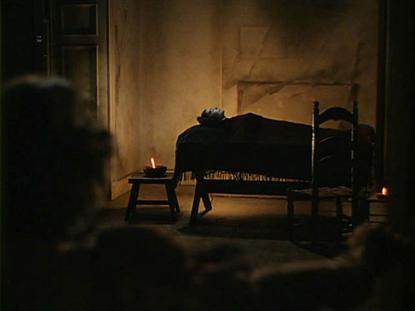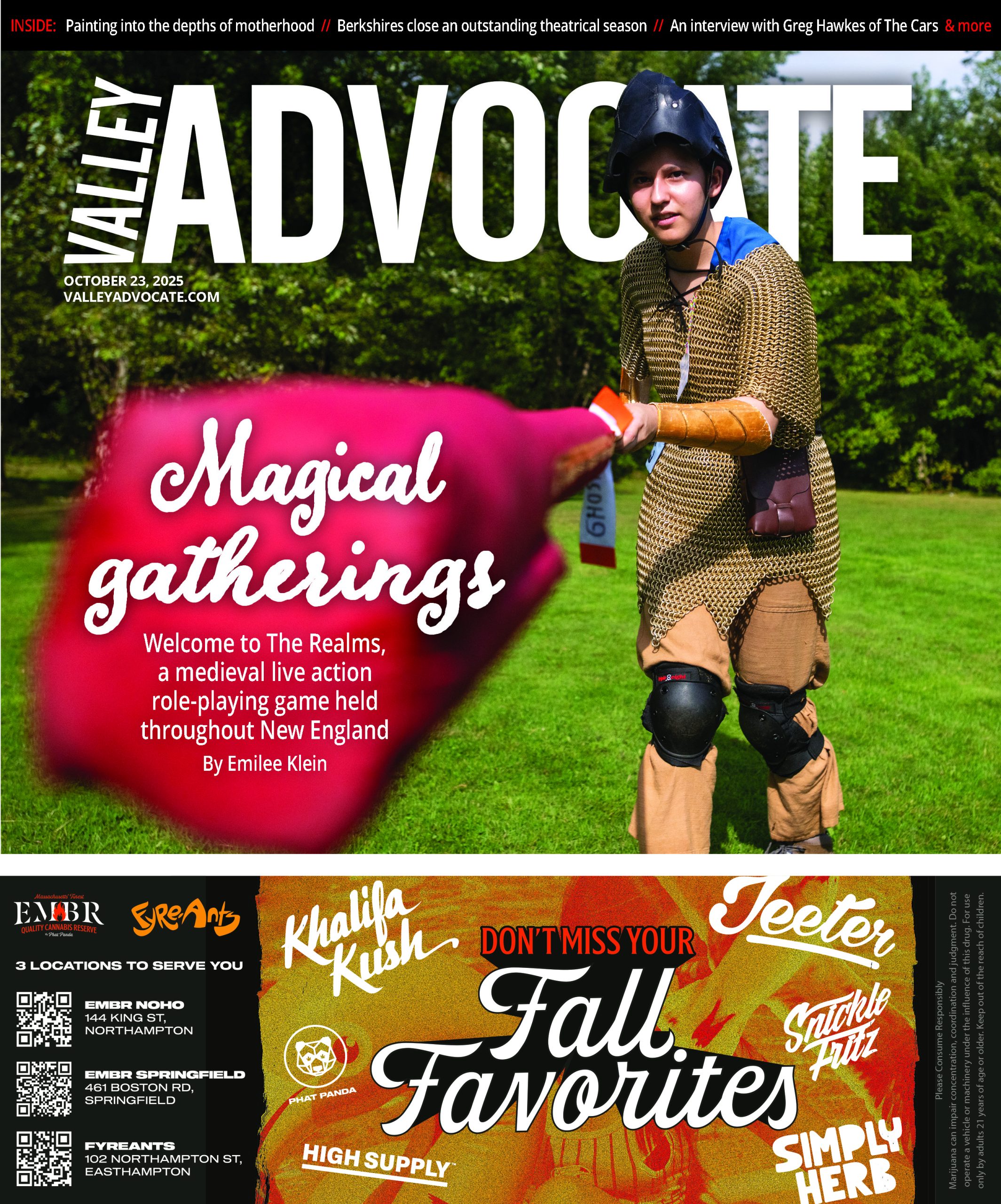I was six when I first saw Gone with the Wind at a private screening in 1942.
World War II started in China in 1937, with the Japanese invasion – two years before the blitzkrieg, and four years before Pearl Harbor. By 1939, with hundreds of thousands Chinese killed and massacred, cities destroyed, properties looted and large areas under enemy occupation, a group in the government, attempting to salvage some protections for the populace and containment of the pillaging, signed a separate peace with Japan. They were mostly followers of the revolution that overthrew the Manchu in 1911. Starting out as passionate reformists, they looked to Europe and Japan for models to bring China out of the past. 25 years on, attaining power only sporadically, their dream of a modern China became refuse among the venalities, Western hegemony, and Japanese rapacity.
The “peace” government that got set up in the occupied capital of Nanjing, turned out to be but a subservient component of Japan’s “Great East Asia Co-Prosperity Sphere”. Caught in the vortex of world events past their control, the people involved hunkered down, formed a safe enclave and lived inside guarded compounds. My father was killed before this happened. Our remaining family, close associates of the group in the government, moved to live in this protected enclosure through the war years.
It was a close-knit village. The children played in each other’s houses. We, boys, studied battles, armies and weapons; formed rival nations, and engaged in arms races. But, we were also safeguarded from war’s real horrors, a short time and distance away. I was not told what happened to my father.
Maybe it was a year before I saw GWTW that I first entertained death. An occasion of one servant shushing another led me to distinguish between the absence of a father being abroad, as I was told, and, the absence of a father dead, as I overheard. Came the movie, I watched the bombardments, the depot of wounded soldiers, the burning of Atlanta, with equanimity, but had to be carried out, scared, at the scene of the laid-out dead Mrs. O’Hara.

Still frame from the M-G-M film “Gone With the Wind” (1939)
Film showings at the government residence were almost weekly at that time. They were from the stock of Hollywood movies that Japanese detained that were awaiting openings in Shanghai cinemas in December 1941. The screenings were in a plush reception room fitted with a large screen. The more important officials sat on sofas in the center, younger and lesser ones on chairs around, and the children were sprawled on carpet close to the screen. I, being about the youngest, sat 10 feet away. By-passing the dialogs beyond my grasp, I happily entered into the stories through the pictures.
That premiere showing of GWTW was a big event. Many of the adults had read the novel in Chinese, and had been following the film’s production for years. There was a venison barbecue beforehand, which I conflated with the picnic at Twelve Oaks. Afterwards, people finely parsed the characters. Having run out in Part 1, I did not return for Part 2. But what was seen percolated inside me for a long time.
By 1944, movie showings dwindled. People were preoccupied and unnerved. That summer, my brothers and I were sent to a family friend’s unoccupied mansion in Shanghai, to be away from the Nanjing heat, and to be out of people’s hair. The house was well appointed, with extensive grounds, and was being kept at minimum staff. We had the run of the place. My older brothers, 12 and 9, took to reading the Chinese translation of Gone With the Wind. At dinner, they spoke of Scarlet and Ashley, and argued over the “butternut grey” of Confederate uniforms. It got quite beyond me, even as I tried to invoke the retained imageries from the film of two years past.
By myself, I wandered around the place. I spun the short-wave knob of a large Telefunken radio in the living-room, dilating and narrowing the green tuning-eye, listened to the insistent dit-dit-dahs of the Morse code, and war reports in unknown languages, catching: Normandy, Paris, Saipan… I folded the day’s newspaper into landing-boats and battleships, launched them in the half-filled pond, and scored hits with rocks. I peeked through cracks in the iron gates, and caught glimpse of a Japanese platoon trotting by. I fancied them to be in butternut-greys.

Sequence of still frames from M-G-M film “The Wizard of Oz” (1939)
Late summer, the daughter of the house passed through with a print of The Wizard of Oz as a treat for her young housebound guests. Dorothy, Scarecrow, and company had been familiars from my oldest brother’s pencil box since the beginning of memory. The summer room, draped for air-raids, was made into a cinema that afternoon. The movie, I thought, was mostly “kids’ stuff” – that is, until the scene of the rampaging blue flying monkeys. I had to walk out, again, terrified. They fearfully evoked the underlay of the “butternut” soldiers passing by the cracks of the gates.
Next year, the war ended. We all dispersed. Many of my friends’ parents were tried as collaborators and jailed; several, executed. We moved to our home in Shanghai, and laid low.
Then, compacted into three years in Shanghai, we were to see films of the ten best years of Hollywood. But, that’s another story.


